1983, Sunday, 6:00 AM. It is light but the sun has not risen yet. Not the least because we are in the middle of the Northeast Monsoon. But since we are in the Anamallais on the Western Ghats, the NE Monsoon is not as strong. Today there is a break.
‘What is the forecast?’ you ask.
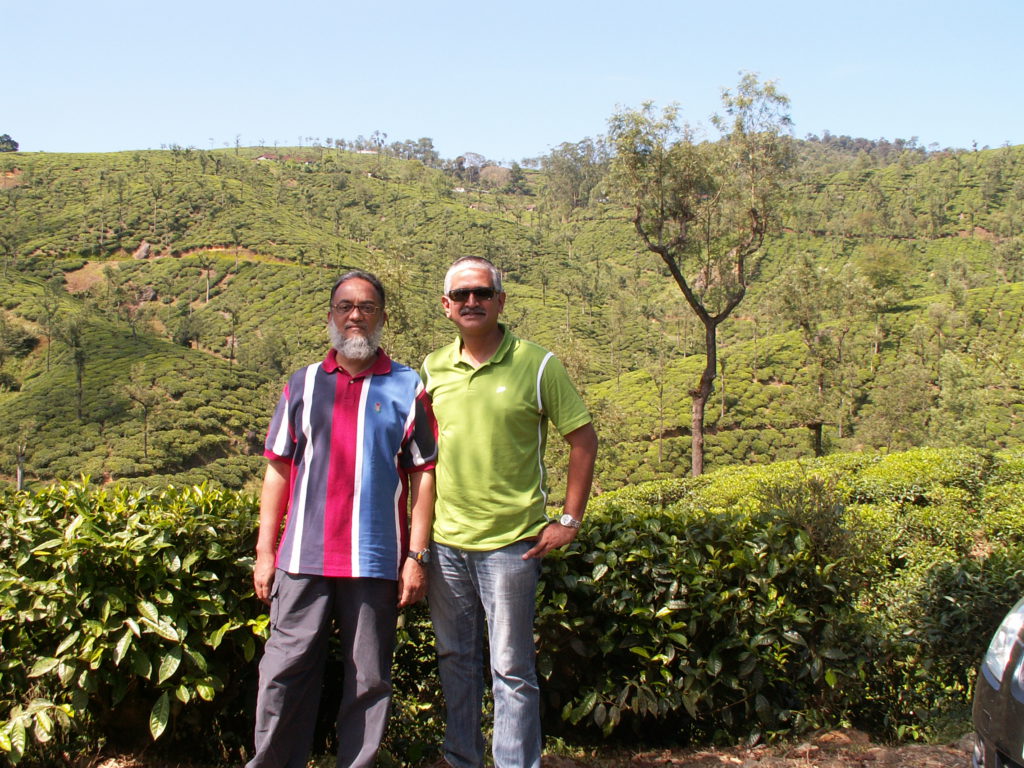
‘Hello!’ Read the second line again. We are in the Anamallais on the Western Ghat, in Southern India. That is another name for the back of beyond. A very beautiful part of the world. But still back of beyond. In 1983, right through the Southwest Monsoon, we used to get torrential rains, sometimes for days on end. The bungalows had GI (galvanized iron – not soldiers) roofs, which turned into giant drums in the rain. Then we had accompanying music indoors. The sound of rain dropping into pots, pans and buckets kept to catch those drops that insist on viewing the décor of our home. There was also a loud silence. The shutoff of serenading cicadas. Rain usually shut the cicadas up, though some inside the house seem oblivious, until the temperature falls and their tymbal drums lose elasticity and the capacity to produce sound. One of my favorite sites has this to say about cicada sound. https://animals.howstuffworks.com/insects/question733.htm
The cicada’s claim to fame is its singing. The high-pitched song is a mating call belted out by males. Each species has its own distinctive song that only attracts females of its own kind. This allows several different species to coexist. Cicadas are the only insects capable of producing such a unique and loud sound. Some larger species can produce a call, more than 120 decibels at close range. This is approaching the pain threshold of the human ear! Smaller species sing in such a high pitch that it cannot be heard by humans but may cause dogs and other animals to howl in pain.
To return to my story, that morning there was no rain, a clear sky which promised sun, which meant high humidity. But that was preferable to rain, especially where I was going.
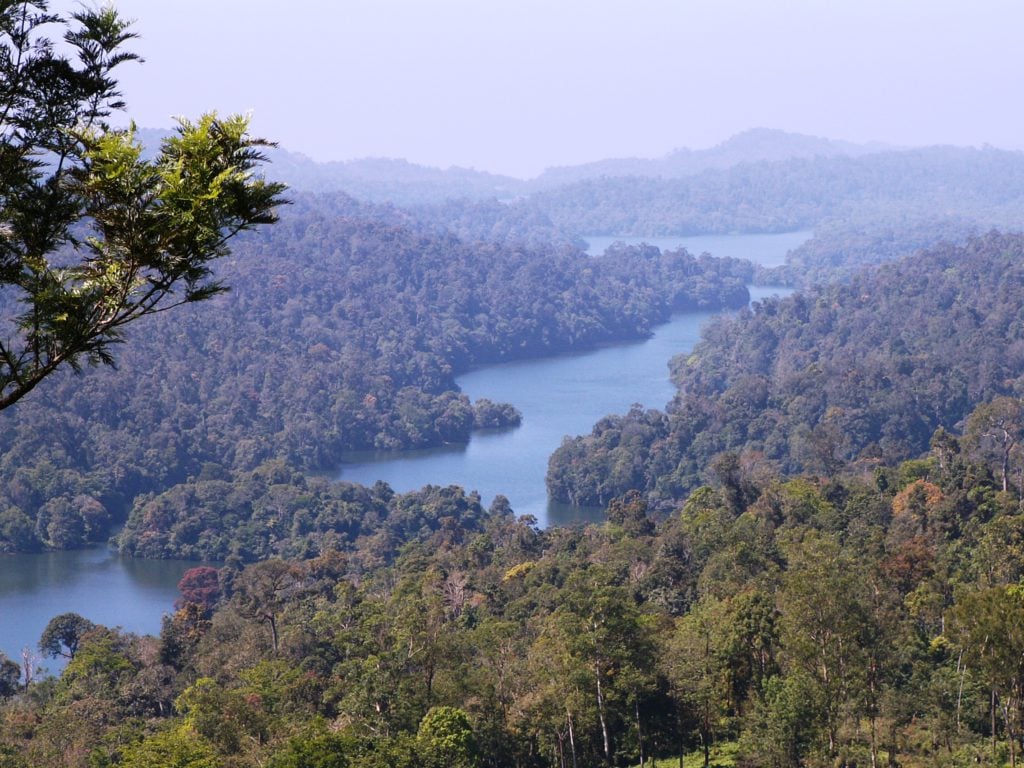
If you stand on top of the hill on which is perched Sheikalmudi Manager’s bungalow, on one side the land slopes gently down to the Lower Division Muster with tea fields all the way. On the other side you see a wall of forest. None of this is untouched rainforest, which it was before the British clear-felled all forest on all parts of these mountains where one could stand straight. But there are places which are so steep that planting tea was impractical and so these areas were left alone. Apart of course from foraging by workers for firewood. That is why I say that it is not untouched but still it is as close to the original as you are likely to get today. If you entered that wall of forest, you would find yourself standing on top of a mountainside that plummets down at an almost vertical angle, 3500 feet below into the waters of the Parambikulam Dam. And that is where my friend Karupaiyya and I were headed. Karupaiyya was a worker in my Division – SKM-LD and was known for his big curled mustache. In good plantation style he was called Meesakaar (Mustache-man) Karupaiyya. People were given names in the plantations based on some characteristic or the other. Some for their appearance. Others for their habits or anything special they did. Like Kannan Wadiyar (Teacher) who taught me Tamil. Or Veeramuthu Josiyar (astrologer), who told people’s fortunes and brought Bonnie to me from Chennai. But that is another story. On the subject of fortunes, he told me that I would always be protected from harm and any time I asked for it, rain would come. Whether that is true or not, it sounds lovely, and I am content.
Karupaiyya was my partner in all my forest and wildlife related activities. When I decided to walk down to the Parambikulam Dam through the forest, everyone thought and some declared that I was insane (they didn’t use the term but other more respectful ones, but you could see what they meant), except Karupaiyya. He volunteered to go with me. I needed a companion only because wisdom and experience had taught me the critical importance of a companion when you go into unknown, potentially dangerous forests. I have had plenty of experience of being in different forests and have always had a totally reliable companion with me. It was Shivaiyya in the forests of the Sahyadri Hills on the bank of the Kadam River in Adilabad. It was Peter Ramsingh in the Amazonian rainforests on the bank of the Berbice River in Kwakwani. And here in the Anamallais, my first year in planting, it was Karupaiyya.
That morning I was in Khaki shorts, half-sleeved bush shirt, jungle hat, Bata canvas rubber soled boots and a thick walking stick doing the job of a trekking pole. Why no trekking pole? Because in 1983 I didn’t know they existed and even if I had, I wouldn’t have been able to buy one. But since when does the absence of fancy equipment become a constraint for someone who wants to do something? Karupaiyya was in loose, long, Khaki shorts, white shirt, and turban. We wore shorts because that was the best tradeoff between protecting our legs from bugs and stinging nettles and drying out fast if we got wet. Given the weather drying out fast took precedence and so, shorts. Against bug bites, we used whatever we could get and admired the bugs that still bit us. And against stinging nettles we used our eyes and knowledge of local flora. In ten years of wandering in those forests, I didn’t get stung by nettles even once. The worst of the stinging nettles was an innocuous looking plant called Anaimarti with broad, long, hairy, leaves, which if it rubbed against the skin created an extremely painful rash that lasted for a long time, and if you were allergic, it could land you in hospital.
We carried water, one bottle each and dry rations; puffed rice and jaggery. Light weight, high energy, and one handful of puffed rice and a mouthful of water fills your belly. Karupaiyya also had a bunch of bananas because he knew that there was likely to be a family or two of Kadar forest tribal people who we may encounter. Bananas and the sweets which I had in my pockets would be welcomed by their children. Each of us also had a machete. The stick to give us stability going downhill and the machete to clear the path if needed. Going downhill is much more difficult than climbing because of the pressure it puts on the knees and thigh muscles. There was no clear path, and the gradient was very steep, so a stick was very welcome. As we entered the forest, the canopy closed over us. I recalled reading an account of what the British planters who cleared the forest in the Anamallais encountered.
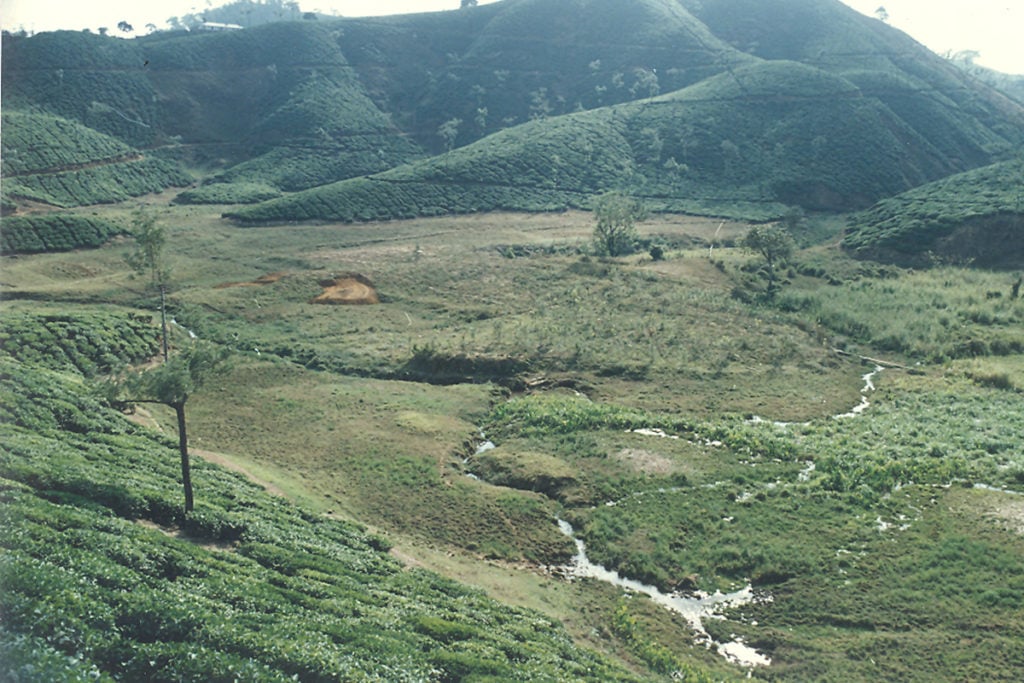
The story of tea planting is a tragic story in many ways. A good book to read about it is, ‘Red Tea’. A historical novel published in 1969 by Higginbotham in Madras, written by Dr. Paul Harris Daniel, who worked as a Medical Officer in the Anamallais. It is based on the experiences of tea plantation workers in the Madras Presidency during the British Raj and details how the Madras Planters Act of 1903 led to the terrible working conditions of plantation workers. Debt bondage of the workers, their inability to escape their life, desperation, sexual exploitation by British managers and by their own kind, the Maistries – Contractors who deceived poor illiterate farm workers into a life of bondage, amounting to slavery, are all starkly described in this book. The book is based on sworn statements from real people who lived that life and suffered and died, so that tea could be planted, and plantation owners could get wealthy. The original planters encountered incessant rain for 7-8 months and the forest was so thick that it was dark in daylight. Sadly, all that was clear-felled, and tea was planted. Destruction of virgin, rainforest, thousands of years old, to plant a monoculture cash crop. The forest has gone forever with whatever it contained, unknown and unmourned. The tea provided huge profits to the plantation owners and employment to managers and workers. In the balance of what is best for the world, which is more valuable? History will rule on this one.
What Karupaiyya and I were walking through is a shadow of the original forest that clothed these mountains, but it is still very thick and though it was not dark under the canopy, we certainly couldn’t see any sun. It was getting warm, even though it was early morning, and I knew that as the sun climbed into the sky this would turn into a sauna. Occasionally we felt water drops on our faces. That was not rain but transpiration from the trees.
The forest is a living being. It is not simply a collection of trees with some animals, birds, reptiles, and insects thrown in. It is one living creature comprised of all those who live in it. Some walk, some crawl, some fly, some talk to each other below the earth, some support each other high above the ground. Some find shelter and protection in it. Others use the same hiding places to ambush their prey. The forest talks to those who understand its language and gives its message, sometimes of tranquility, at other times, warning of lurking danger. But you must understand its language to know what it says.
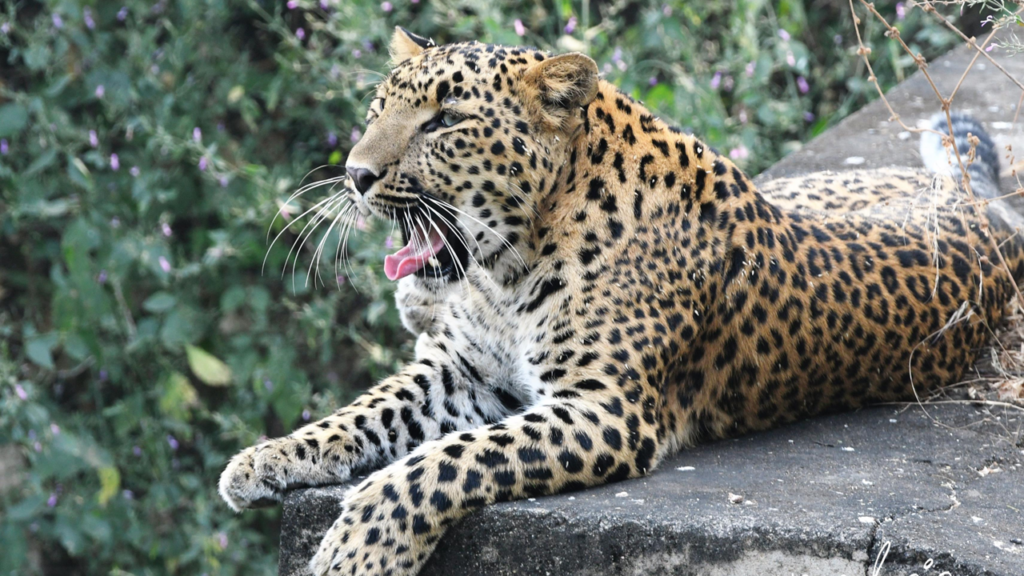
As we walk in single file, I try to identify every sound that I am hearing. This is an old habit that I developed decades ago, which tells me who or what is near me. This is both interesting and can be lifesaving. The Anamallais are home to some of the largest and most dangerous animals in the world, ranging from tigers, leopards, king cobras, elephants, dhole (wild dogs), crocodiles in the rivers and lakes, gaur, wild water buffalo, and not to miss, wild boar, to name some. It is therefore a good idea to be able to read sign, both visibly from tracks and droppings as well as from their calls and sounds. The basic rule in the forest is, respect me and I will respect you. Leave me alone and I will leave you alone. The reason you still need to read sign is because many a time, people who can’t, blunder into places and situations unintentionally with tragic results. As far as the animal you blundered into is concerned, you are a danger and either it runs away, if you are lucky, or it attacks. Most animals will move away when they hear or smell you coming. But sometimes they don’t or won’t and if you continue on that path, you will meet. The result is usually not good for you. So, I make it a point to listen carefully and identify every sound. Who is making it? What does it mean? How far is it? And so, what, if anything, do I need to do.
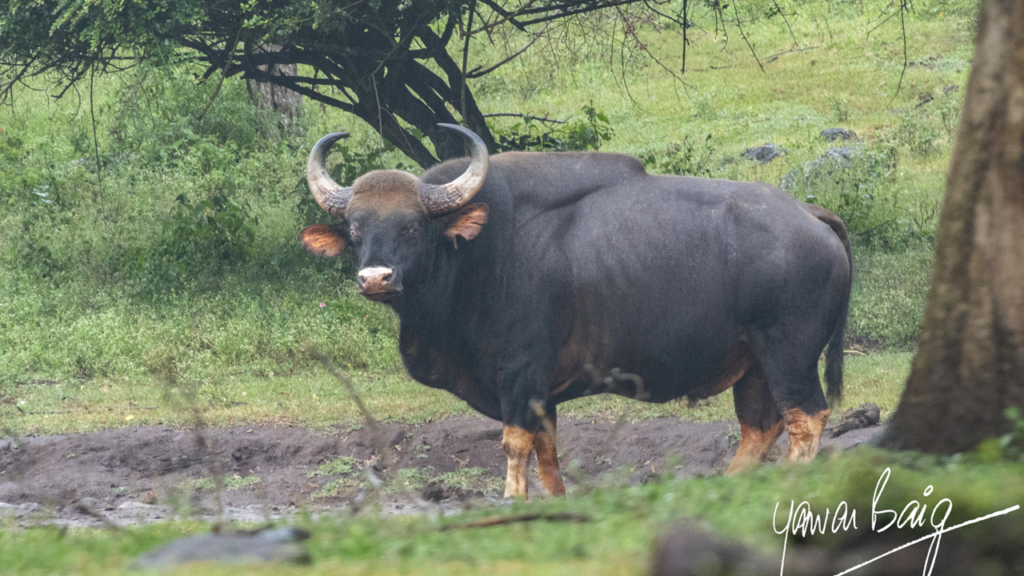
Walking in the rainforest is as far from a walk in the park as you can get. It is impossible to describe the excitement, the fear, the feeling in the pit of my belly, especially because we were unarmed. Not that I would have shot an elephant if it charged me anyway. We were walking in a jungle were for us mere humans, even walking straight and freely was a task. But for an elephant it was like walking in a park. If we were faced with danger what would we do? I didn’t know that then and I don’t know that now. But we had the confidence to know that we would have done the right thing and survived. It is this independence, which comes with risk, sometimes potentially life-threatening, which builds confidence. This is what is missing in the way we raise children today. My parents allowed me to do these things from the time I was about 15 or so and other similar things but maybe a bit ‘safer’ when I was younger.
Almost the first sound we heard was the booming call of the Nilgiri Langur Sentinel, telling the world that he had seen us. This is not an alarm call. Just an alert. The alarm is higher pitched and persistent, until the danger, usually one of the big cats, is out of sight. Langur always have a Sentinel whose job is to keep everyone safe. He sits on the highest perch that he can find and looks all around. He won’t feed while everyone around him is feeding. After some time, one of his extended family will come to relieve him and take over his duty. Until then he maintains his vigil. The Langur Sentinel is relied upon by a whole host of forest creatures who pay attention to him to ensure that they are warned of impending danger.
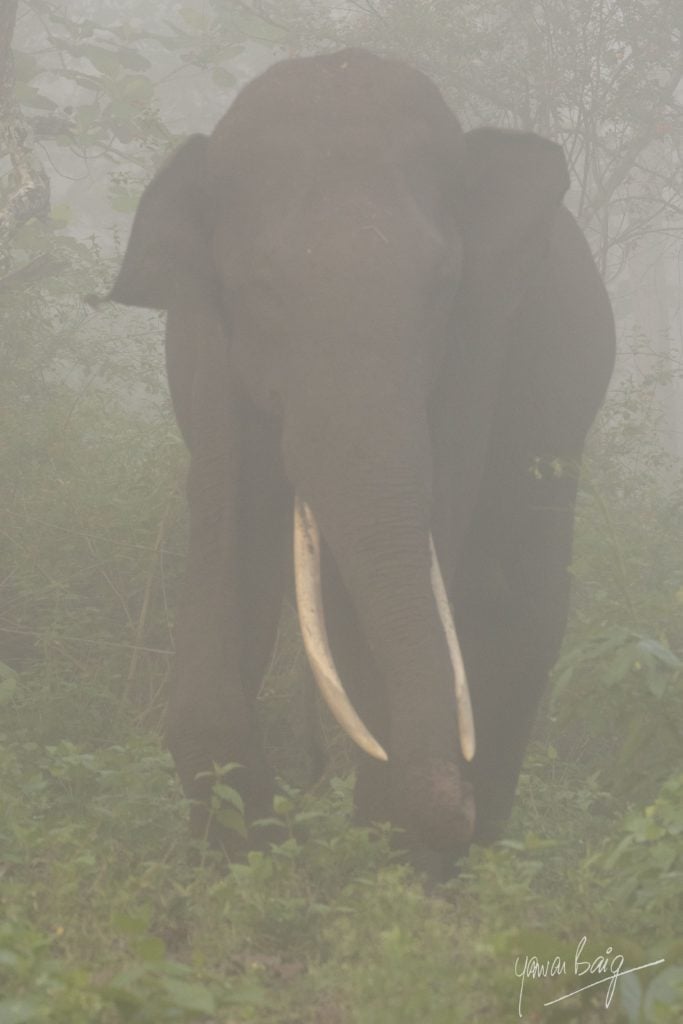
We heard Grey Jungle Fowl roosters calling before we entered the forest. But you don’t hear them inside because they like more open areas. In the Anamallais, they and Barking Deer are most easily visible in the grassy gaps between tea fields, in the valleys or forest borders. The tea is ideal cover for them because the ground beneath the tea is free from vegetation and so they can move around easily and have good visibility to keep safe. The other species which uses tea as a cover is Wild Boar. Whole sounders stay under the tea in the hot parts of the day and emerge in the early mornings and late evenings. They dig for roots and tubers in swampy valleys. Sometimes when workers move in the tea, plucking or scattering fertilizer, they disturb a sounder of boar which stampede. You don’t want to be caught in that because it can be very dangerous. Once, one of my plucking workers got a boar caught in her canvas skirt that the women wear. Much to her alarm, she rode backwards on his back until she fell off. Mercifully there was no damage apart from some bruises. Wild Boar have big razor-sharp tusks and are very aggressive, but the one the lady was riding was in a hurry and so the lady got away very cheaply.
Having said all the above, there was one sound that I was listening for and that was the sound of elephants. Though as I mentioned, these forests have many potentially dangerous animals, all of them move away when they hear or sense humans approaching, and you will not even know that they were there. So, short of blundering into a tiger on his kill or a tigress with her cubs, both of which can be memorable experiences if you live to enjoy the memory, there is no danger from them. The only creatures you need to fear are elephants. Even elephants will usually move away but sometimes if there are young in the herd or if the herd has been disturbed or troubled by humans, they won’t move away and one of the bulls may even have some evil designs on you. So, listening to get early warning is a good idea. As we continued our descent, sometimes we would hear the plaintive call of the Rufus-bellied Hawk Eagle. Or the call of the Lion-tailed Macaque. These forests are the last abode of these endangered primates. Apart from the characteristic tuft of hair at the end of its short tail which gives it its name, the Yal-Tee-Yam (LTM – Lion-tailed Macaque) as the locals pronounce it, has a face impressively framed in a lavish border of white hair. To have one of them glowering at you for having disturbed his peace is guaranteed to disturb your peace of mind. However, Yal-Tee-Yams are totally harmless and do no harm apart from giving jaundiced looks to intruding descendants.
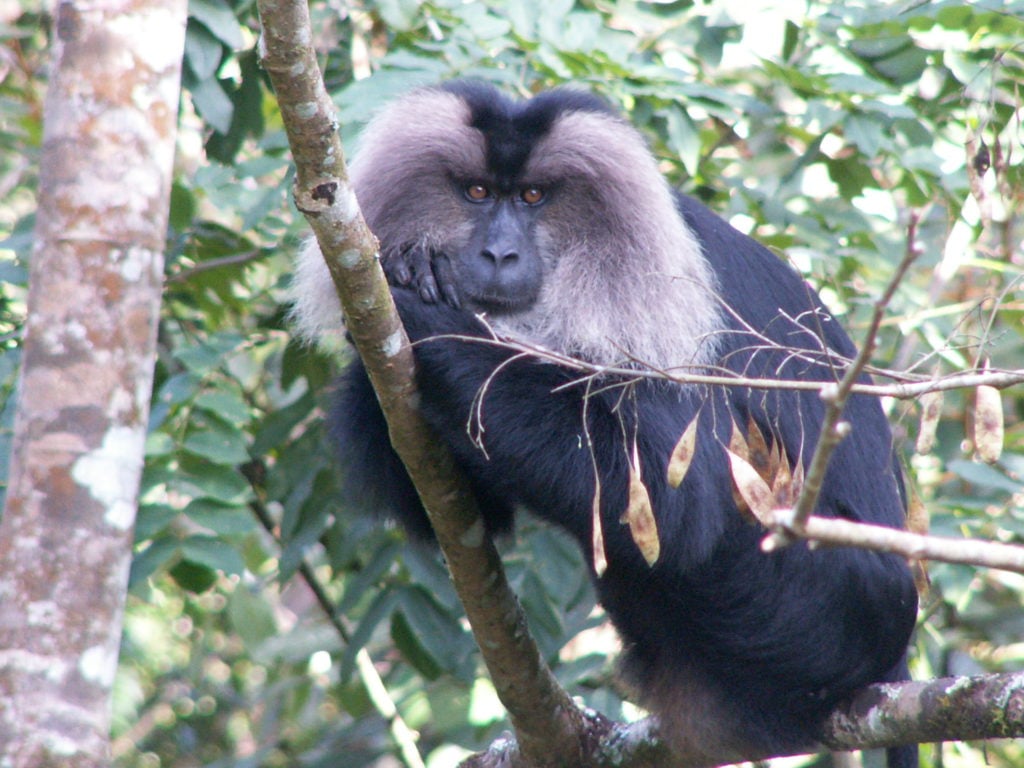
I could see some sunlight ahead of us and we came into an opening in the forest. One of the jungle giants had been brought low with an axe and had taken down a couple more with it when it fell. The one who fells the tree, then burns it and clears up any undergrowth and plants tubers and bananas in the clearing. This slash and burn agriculture is terrible for the rainforest but I guess in the Anamallais after the entire rainforest has already been eradicated over a century ago to make way for tea plantations, one can hardly complain if a poor Kadar family clears a bit of what remains to feed themselves. That is who we met. A small family of forest tribals, Kadars, man, his wife and four children, about a year or two apart in age. Two small huts made of tree branches, leaves, and grass, one to live in and the other to store firewood and any forest produce that they collect to sell in the market. Mostly, that is wild honey. The children were delighted with our gifts of bananas and sweets which brought a smile to the faces of the parents also, replacing their earlier looks of wary suspicion. The Anamallais is home to six forest tribes. Malasar, Malai Malasars, Kadars, Eravallars, Pulayars and Muduvars. The Malasar are most famous for working with elephants and are Mahawats who work with the Forest Department in their timber extraction. To see an elephant working with timber is almost magical and a rare display of their enormous strength and intelligence. The bond and communication between the Malasar Mahawat and his elephant are beautifully shown in this 6-minute film https://www.youtube.com/watch?v=opPTg_6yua8 As we prepared to continue on our journey, our new-found Kadar friend, Ramaswamy warned us that there was an elephant herd in the area. I thanked him and Karupayya and I continued our descent to the Parambikulam Lake.
When you walk through a forest in silence, the forest washes over you and bathes you in its energy. You breathe the pure supercharged oxygenated air. You can feel the force of the trees under which you are walking. And you can hear the movement and calls of the animals and birds that the forest is home to. The key is to try not to be an intruder and to try to become a guest.
Then suddenly I heard it and Karupayya stopped and looked at me to confirm what I had heard. It sounded like rocks rolling in a stream. The trumpet of the elephant is a sound that he makes in anger. The usual communication sound is a rumble which is very deep and low frequency and travels through the air and ground. Zoologists say that these can be heard many miles away and convey specific messages. I have seen calves playing in gay abandon, suddenly alert and rushing to their mother as soon as she lets out one rumble. That is what I heard. The rumble of the elephant. The problem with this was two-fold. Not being an elephant, I had no idea what was being said. And the rumble is a sound that is extremely difficult to pinpoint. It seems to come at you from all around. But we needed to know where it was coming from, so that we wouldn’t suddenly find ourselves in the middle of a herd.
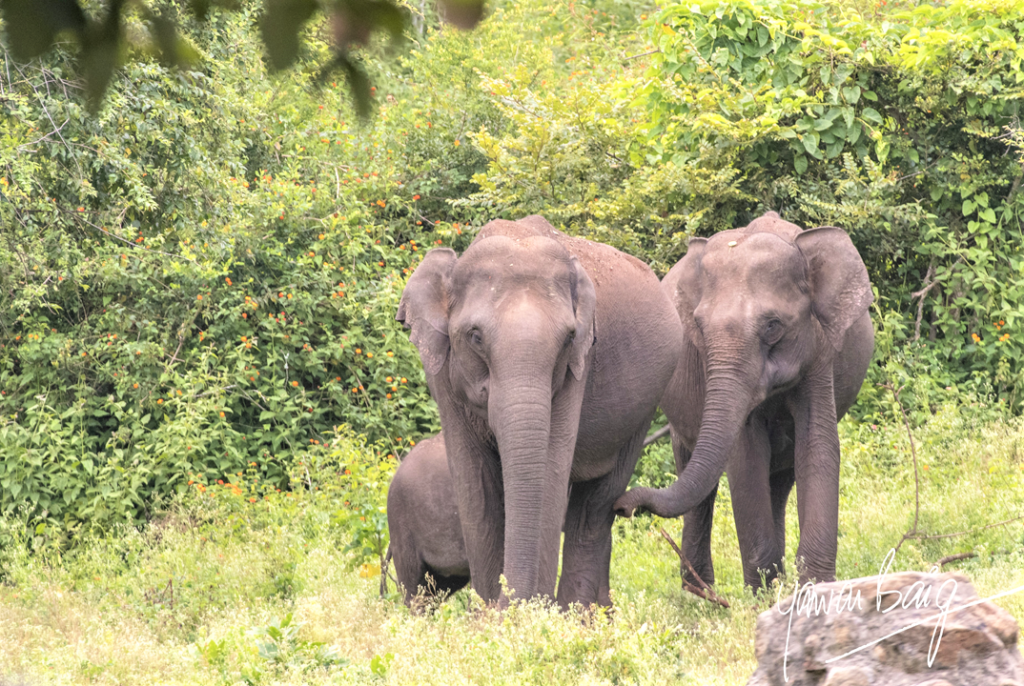
I signaled to Karupayya to sit down, and we both crouched on our haunches. I picked up some dust and dribbled it through my fingers to gauge wind direction. There was no wind as such but a slight breeze that was blowing uphill. That meant that it was blowing from the elephants to us. This was good news because it meant that perhaps they still didn’t know that we were there. Elephants have extremely good hearing and smell but not great eyesight. We were both walking very silently and were upwind of the elephants. As we sat there, I concentrated on the rumbles to try to pinpoint their location. The fact that the rumbles continued was also a good sign which meant that the elephants had not sensed us. Otherwise, they would have stopped, and the animals would have moved away. It is amazing to see a herd grazing, breaking branches, slapping bunches of leaves on their forelegs to knock off any mud that may be on them before stuffing them in their mouths. On occasion, even pushing down a tree to get at the tender leaves at the top, talking to one another, calves squealing. All jolly and noisy. Then suddenly they sense danger and instantly there is total silence and the whole herd of enormous animals simply melts away as if they had been ghosts. If you were not aware of what to look or listen for, you wouldn’t even know that where you were walking, literally minutes ago, had been a herd of elephants. The only tell-tale sign would be the sharp, pungent smell of urine and the liberal piles of dung, sometimes steaming thanks to its recent emergence into the world.
Patience is of the essence and can be a lifesaver. After about ten minutes, I thought I had a good idea of where the herd was, downwind of us, and so I cleared my throat loudly. Instantly the rumbles stopped. It was as if the whole forest was on alert. I gave it another ten minutes and then led the way downhill taking a semi-circular detour to avoid the place where I thought the elephants would be. It was necessary to warn the elephants that we were in their vicinity because the last thing you want to do is to surprise them. Alert them early and they will move away and leave you alone. That is what happened. Karupayya and I went silently on our way and once we were clear of the possible danger, breathed a sigh of relief.
The rest of the descent was uneventful, and we reached Parambikulam Lake. This lake is the backwaters of the Parambikulam Dam which submerged a lot of tea including some labor quarters. In summer when the water recedes you can see the ruins of the labor housing, and dead tree trunks sticking out of the water in a stark Salvador Daliesque landscape. There was a small herd of feral water buffalo wallowing in the shallows and loathe to leave their comfort upon our arrival. We had no desire to disturb them either and so we moved off at a tangent to them until they relaxed, back into their muddy water wallow. These buffalo can be very aggressive and dangerous if you get close to them and don’t have the usual fear of humans that most wildlife does. So, it is better to stay clear of them.
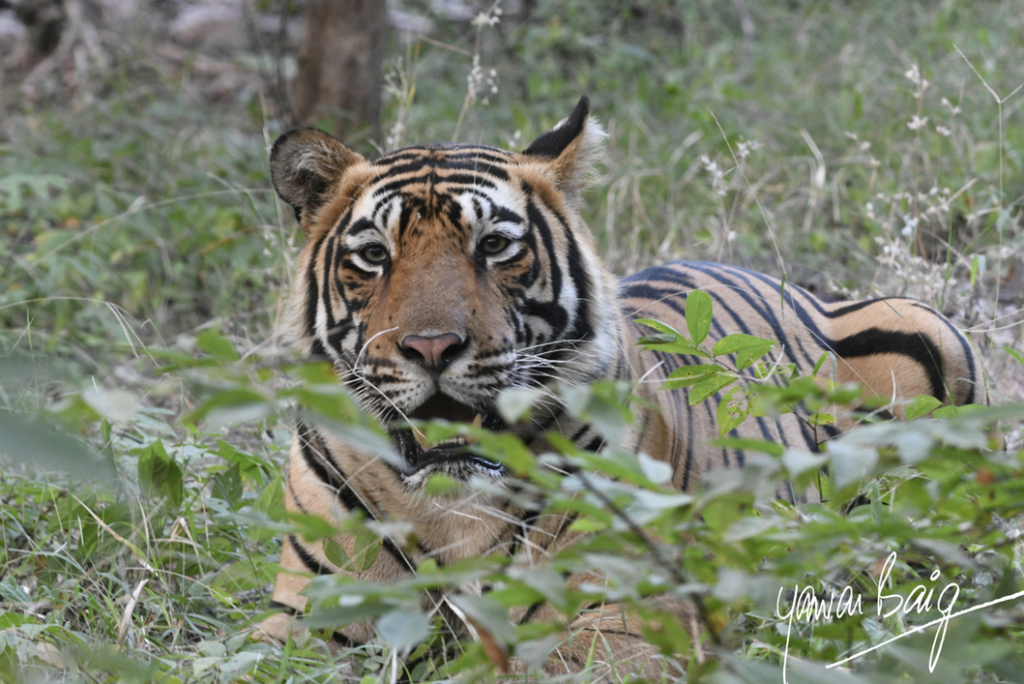
It was too late to attempt to return to Sheikalmudi. The prospect of climbing 3500 feet up through the forest in the dark was not to be contemplated. We decided to camp by the lake. A full moon rose out of the waters of the lake, freshly washed, with light bright enough to read by. Its reflection replied to it from the water. Nightjars called to each other. A sambar belled, warning the forest that the king was on the move. And all was right with the world.

Very nice yawar.anamallais was heavenly !
Dear Yawar, I love the style and the fact that you have so meticulously chronicled the times and the history and beauty of the places. The photographs are amazing, again for a time when we possibly did not have such great cameras or equipment.
I couldn’t agree more. My favorite photo is the Lion-tailed Macaque.
Hi Juggie, many thanks for reading and commenting. I must confess that though all the pictures are mine, but they are not of that trip. They are of the animals and scenes that I saw but not that day. The pictures of that day are in my mind and heart for the very reason you mentioned – didn’t have the equipment to take the pictures. I had a salary of Rs. 850 per month. That was worth more than it is today, but not that much more. Sometimes I wonder if it was a good thing that I did not… Read more »
Yawar! That was an excellent piece of writing on the Anamallais during 1983!!!👍 Malakiparai being bang opposite to Sheikalmudi across the valley. Berty and I did similar outings on weekends right down to Atharapalli falls and Walayar rapids and checkposts. Came across tribals, exchanged rock salt and jaggery with wild honey and fresh fish.!!!! Came across tons of wildlife of different varieties. Watched cobras mating passionately at Myladumparai at the edge of the cliff facing High Ranges. Got blood sucked by millions of leeches!!! Experienced the same positive vibes and pure oxygen which made us visit the living forests again… Read more »
Yes Sunil. Berty was in a class by himself. I wrote a tribute to him. Did you see it?
https://yawarbaig.com/cuthbert-suares-jr-whose-memory-is-alive/
In case you didn’t read this
https://yawarbaig.com/category/in-a-teacup/
That is the whole blog on my planting life
Dear Yawar
Lovely photos and a wonderful part of the world that I saw in 1985
Yes, tea has a sad history but not as bad rubber
.
Please watch a story about rubber in the Congo
https://archive.org/details/vimeo-75197092
Dilsher